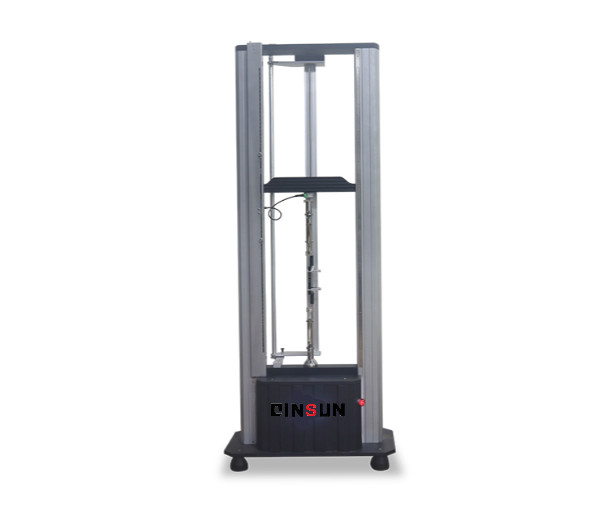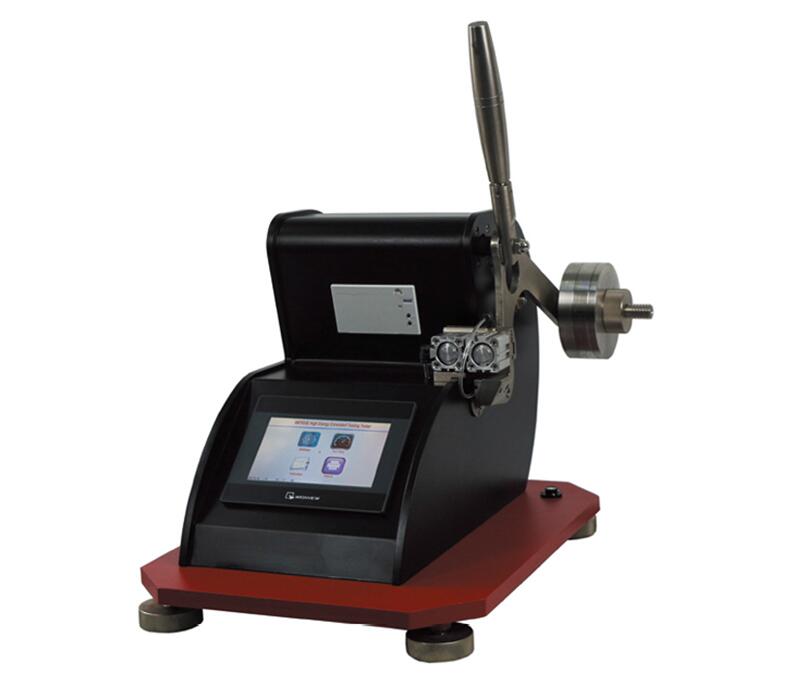Site: Home > Home > News and events
The tear test and tensile test are two different mechanical tests used to assess the strength and behavior of materials, including fabrics. Here are the key differences between these two tests:
1. Purpose:
- Tear Test: The tear test measures a material's resistance to tearing or its ability to withstand the propagation of a pre-existing cut or tear. It focuses on evaluating a material's tear strength and resistance to further tearing.
- Tensile Test: The tensile test, also known as the tension test, measures a material's response to an applied tensile force. It assesses properties like yield strength, ultimate tensile strength, elastic modulus, and elongation of the material.

2. Testing Method:
- Tear Test: The tear test typically involves initiating a cut or notch in the material and applying a force to propagate the tear through the material. It evaluates the material's resistance to tearing in a specific direction.
- Tensile Test: The tensile test is performed by applying a gradually increasing force along a specified axis (usually lengthwise) until the material breaks. It measures the force required to stretch or elongate the material to failure and provides insights into its overall mechanical behavior.
3. Test Specimen:
- Tear Test: Tear test specimens often have specific shapes, such as trapezoidal or crescent-shaped, depending on the test method used. These shapes enable the precise application of forces to initiate and propagate tearing.
- Tensile Test: Tensile test specimens are usually rectangular or cylindrical in shape, with uniform cross-sections. The dimensions and grips used for tensile testing depend on the specific standard or test method.

4. Parameters Measured:
- Tear Test: The tear test primarily measures parameters like tearing strength, tear propagation resistance, and the force required to tear the material.
- Tensile Test: The tensile test measures parameters such as yield strength, ultimate tensile strength, elongation at break, modulus of elasticity, and Poisson's ratio. These parameters provide information about the material's deformation and strength characteristics.
5. Applications:
- Tear Test: The tear test is commonly used for evaluating materials like fabrics, non-wovens, films, papers, and other thin materials where resistance to further tearing is crucial, such as in textile or packaging industries.
- Tensile Test: The tensile test is widely used to understand the mechanical properties of materials across various industries, including automotive, aerospace, construction, and manufacturing. It helps assess the material's strength, deformation, and suitability for specific applications.
In summary, the tear test focuses on evaluating a material's resistance to tearing, while the tensile test assesses its response to applied tensile forces and measures various mechanical properties. Both tests serve different purposes and provide distinct information about material behavior.
Copyright 2022:Qinsun Instruments Co., Limited
High-end textile tester supplier Email:info@qinsun-lab.com | Textile Testing Equipment pdf | Tel:021-67800179 |